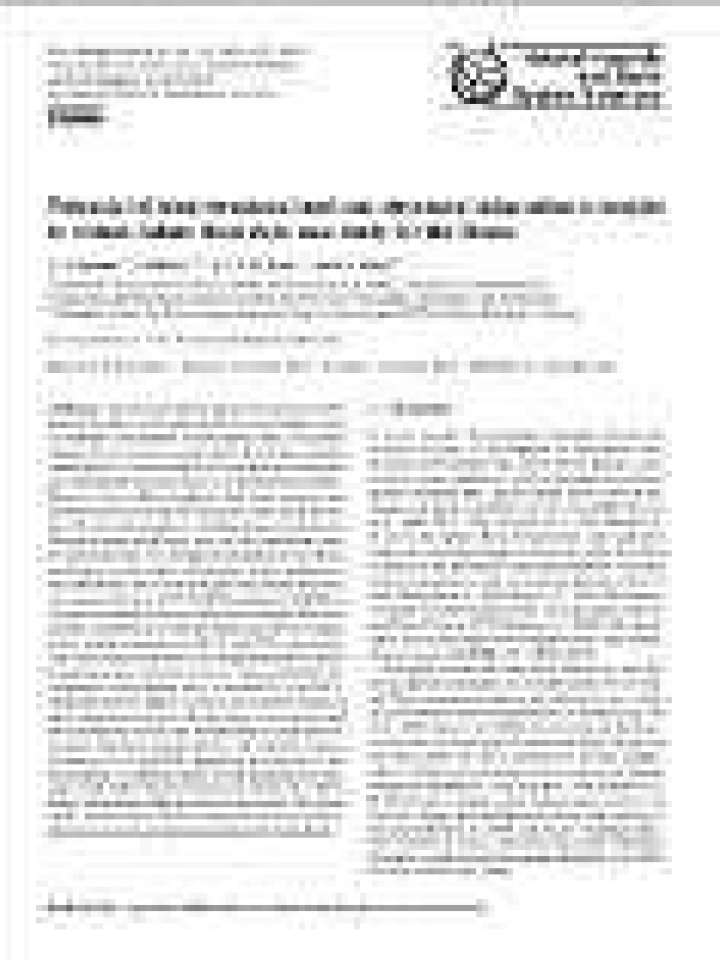Potential of semi-structural and non-structural adaptation strategies to reduce future flood risk: case study for the Meuse
This study assesses how semi-structural and non-structural measures can decrease the flood risk beyond the local level, now and in the future, in the Meuse river basin, in the region of Limburg, in the southeast of the Netherlands. It is aimed: (i) to assess the sensitivity of riverine flood risk to changes in land use and climate; and (ii) to examine the potential of different adaptation strategies at the regional scale to reduce future flood damage and risk. This assessment is the first study of this kind carried out in the Netherlands.
It considers the independent contributions of climate change and land-use change in the annual flood risk, the risk-reduction capacity of the implementation of spatial zoning measures, the potential impact of three mitigation strategies (dry-proofing, wet-proofing, and the combination of dry- and wet-proofing) in residential areas, as well as the policy implications of the study results.
Nat. Hazards Earth Syst. Sci., 12, 3455-3471, doi:10.5194/nhess-12-3455-2012, 2012, Creative Commons Attribution 3.0 License.
Explore further
